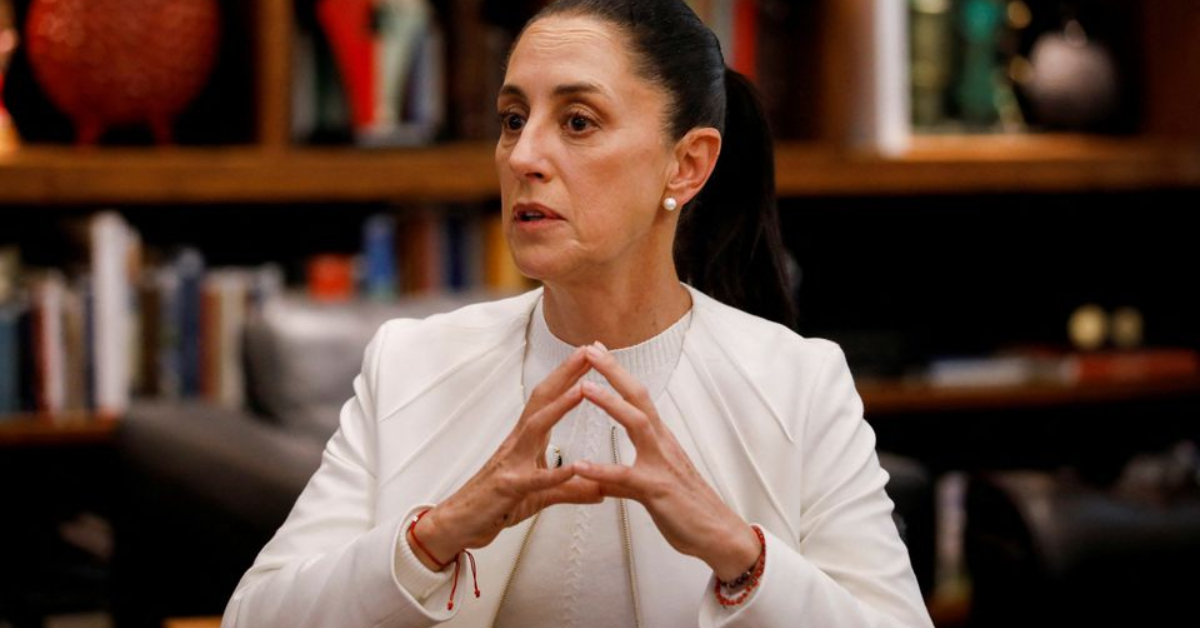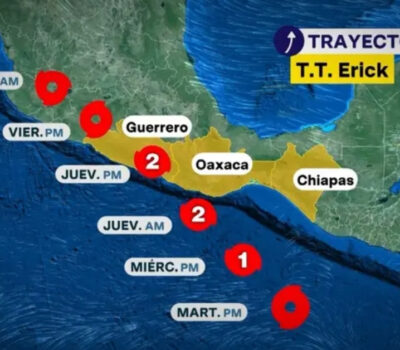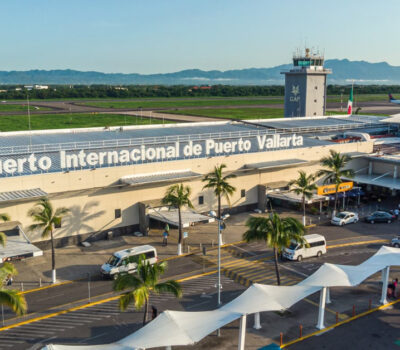Mexico’s President Claudia Sheinbaum has unveiled the proposed Federal Expenditure Budget (PEF) for 2025, focusing heavily on social programs, housing construction, and infrastructure projects, particularly the expansion of railway lines. Despite these ambitious priorities, the overall public spending is set to decrease by nearly 2%, with revenue growing proportionally. The government has emphasized deficit control as a central goal for the fiscal year.
Social Programs Take Center Stage
A cornerstone of Sheinbaum’s budget is the continuation and expansion of the social programs established during Andrés Manuel López Obrador’s administration. The Ministry of Welfare will receive the largest allocation, reflecting a 2.3% increase to 579.883 billion pesos. These funds will support pensions for older adults, permanent disabilities, and children of working mothers, with a significant portion earmarked for the new pension program targeting women aged 63 to 64.
The pension for older adults will consume nearly 85% of the Welfare Ministry’s budget, benefiting more than 12 million individuals. An additional 14.7 billion pesos will fund the pensions for women in the new age group, while 28 billion pesos are designated for people with permanent disabilities.
Housing Initiatives
The National Housing Plan, another key initiative, aims to construct over one million houses in six years, targeting low-income populations. The Ministry of Agrarian, Territorial, and Urban Development (Sedatu) will see a significant 138% budget increase, receiving 38.048 billion pesos compared to 12 billion in 2024. The funds will support housing improvements for vulnerable groups such as single mothers and older adults, with the National Housing Commission (Conavi) handling 84% of Sedatu’s budget.
Railway Development
Railway infrastructure also ranks high among Sheinbaum’s priorities. The Ministry of Infrastructure, Communications, and Transportation (SICT) is set to receive 132.962 billion pesos, a substantial boost aimed at expanding the country’s passenger and freight train networks. Major projects include the completion of the Mexico-Toluca train, the construction of the Mexico-Querétaro train, and the suburban train connecting Lechería to the Felipe Ángeles International Airport. Additionally, new railway lines from Querétaro to Nuevo Laredo and Nogales are in the planning stages.
Budget Cuts Across Key Ministries
While social and infrastructure projects benefit from increased allocations, other sectors face substantial cuts. The Ministry of National Defense (Sedena), historically one of the largest recipients of government funds, will experience a 43.8% budget reduction, equating to 118 billion pesos less than in 2024. Despite this cut, Sedena remains a top recipient, with 151.995 billion pesos earmarked for its operations, including the ongoing construction of the Mayan Train.
The Ministry of the Navy will face a 12% budget reduction, bringing its allocation to 65.888 billion pesos. Similarly, the Ministry of Security and Citizen Protection will see a 36.2% cut, with its budget dropping to 70.422 billion pesos.
Education, Health, and Cultural Budgets Slashed
The Education sector faced initial controversy after the proposed budget showed a 1.5% reduction, triggering backlash from institutions such as the National Autonomous University of Mexico (UNAM) and the National Polytechnic Institute (IPN). UNAM warned that the cut would adversely affect its 300,000-strong student body, while IPN highlighted risks to scholarships and ongoing infrastructure projects. The Treasury later revised its figures, promising an additional 11.698 billion pesos for Education, though questions remain about the total allocation.
Health, Environment, and Culture have not been spared either. The Health Ministry’s budget will shrink by 34% to 66.693 billion pesos, raising concerns about the impact on public health services. The Environment Ministry faces a 39.4% reduction to 44.370 billion pesos, while the Culture Ministry will lose over 30%, leaving it with just 12.081 billion pesos.
Economic Strategy Amid Revenue Growth
Of the eight trillion pesos in projected revenue, more than half will come from tax collection. The budget reflects an overall effort to streamline government spending while maintaining investments in areas with long-term social and economic benefits. However, the planned 7.6% cuts across administrative branches, affecting 16 of 19 secretariats, have drawn criticism from various sectors.
Balancing Growth and Fiscal Prudence
Claudia Sheinbaum’s proposed 2025 budget underscores her administration’s commitment to addressing social inequality and modernizing infrastructure. However, the steep cuts to critical sectors such as Health, Education, and Defense raise questions about the broader implications of the government’s fiscal strategy. As the budget moves to the Chamber of Deputies for approval, debates are expected to center on balancing growth initiatives with the pressing needs of other sectors.
With deficit control as a priority, Sheinbaum’s government faces the challenge of ensuring that its spending aligns with its vision for a more equitable and connected Mexico. Whether this budget achieves that balance will depend on the political and public response in the coming months.
Mexico’s President Claudia Sheinbaum has unveiled the proposed Federal Expenditure Budget (PEF) for 2025, focusing heavily on social programs, housing construction, and infrastructure projects, particularly the expansion of railway lines. Despite these ambitious priorities, the overall public spending is set to decrease by nearly 2%, with revenue growing proportionally. The government has emphasized deficit control as a central goal for the fiscal year.












